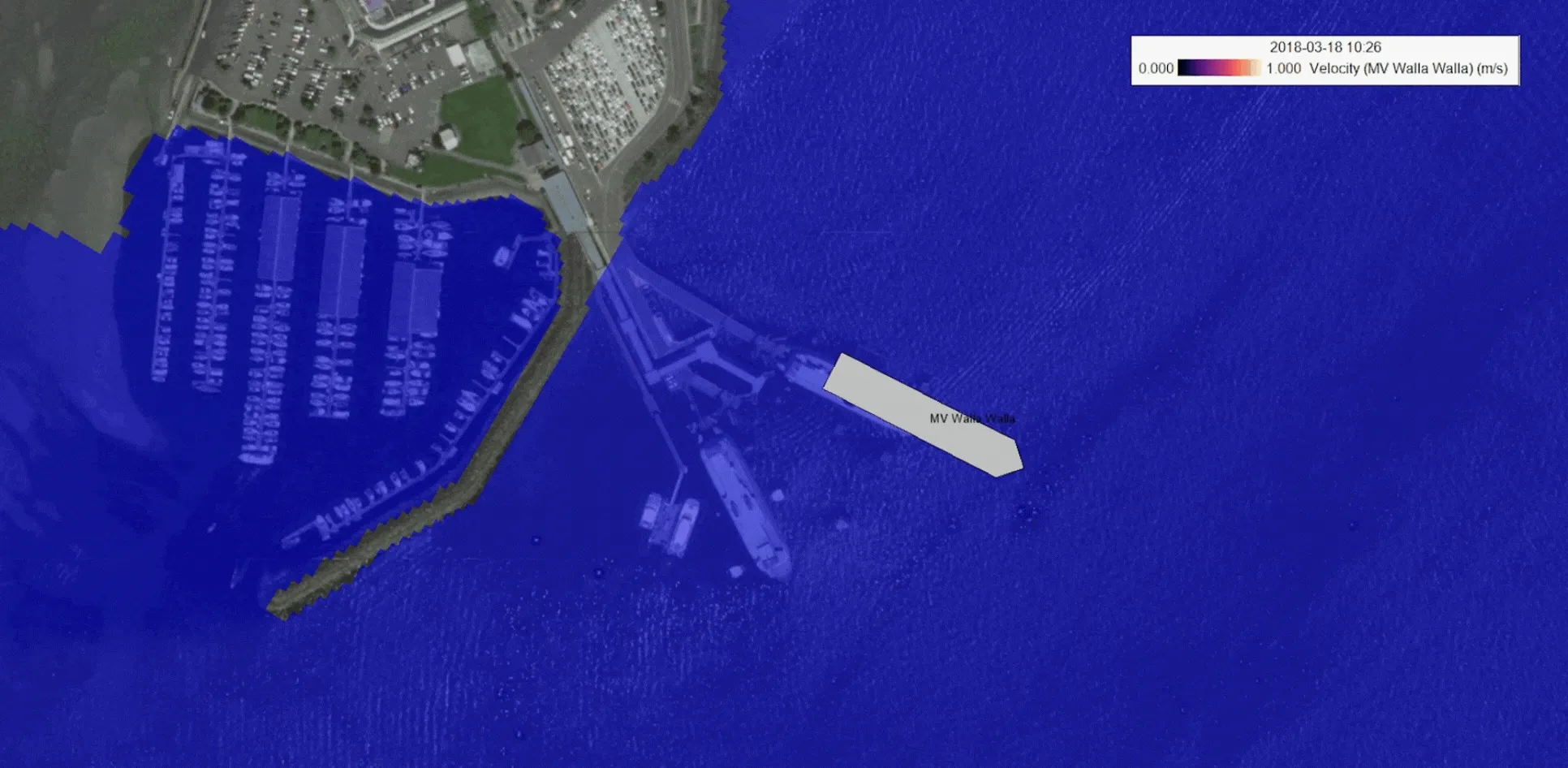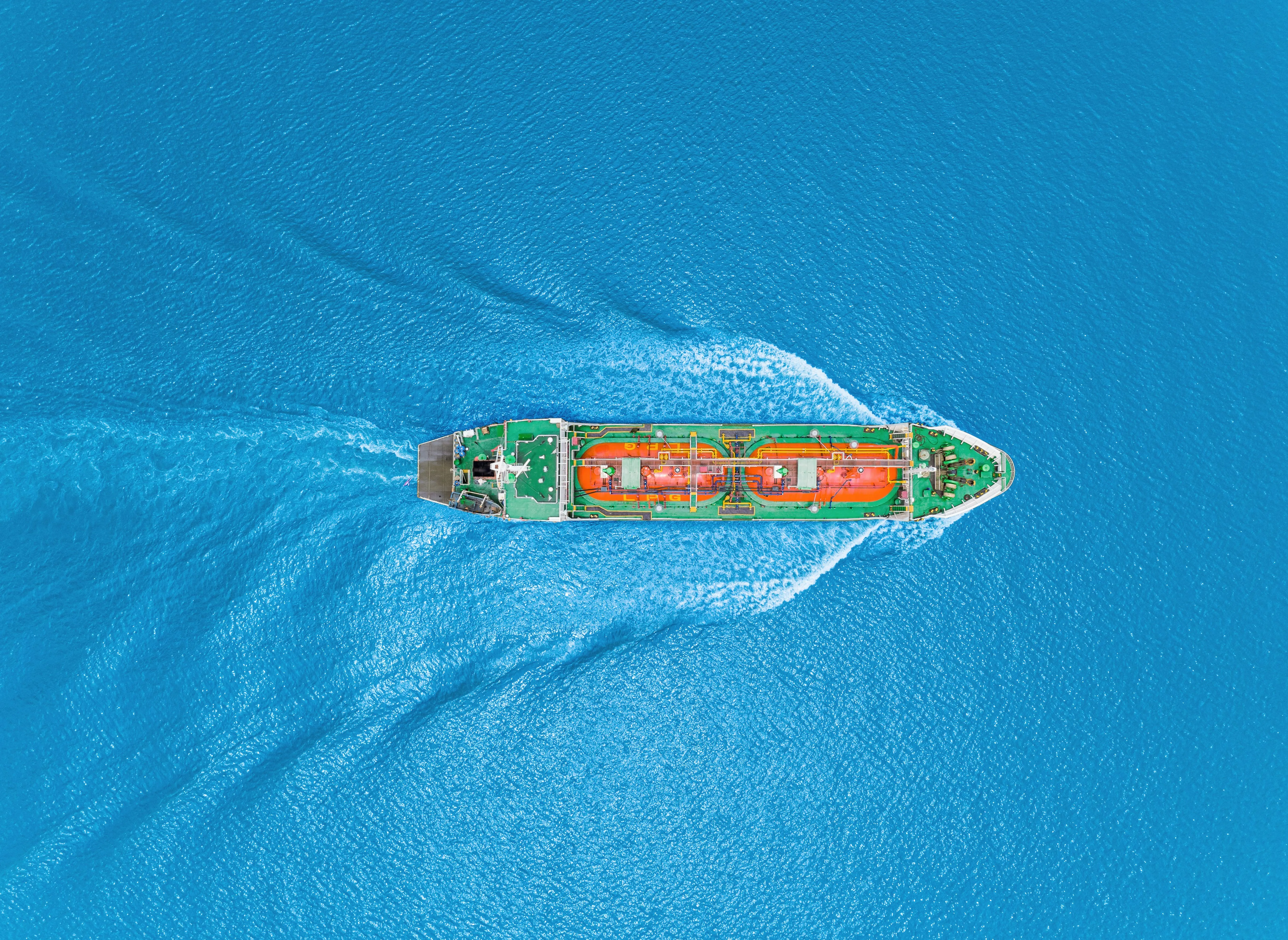EFDC+
Propeller Wash
EFDC+ contains a fully integrated propwash module that predicts bottom velocities, bed shear, and sediment resuspension using ship information, position, and speed that dynamically couples to the three-dimensional hydrodynamics of the waterbody. Optionally, the propeller energy can be incorporated into the three-dimensional flow field behind the ships. The EEMS propwash module has application for contaminated sediment remediation sites where ship traffic and associated propwash impacts are observed. This feature allows more integrated propwash assessments for port and harbor engineers. This is essential when evaluating impacts to a foundation or bulkhead due to propeller action, as well as harbor maintenance dredging.
AIS Data
Quickly load and process the Automatic Identification System (AIS) data from U.S. government support agencies such as MarineCadastre.gov or commercial operators. AIS relies on a ship’s Maritime Mobile Service Identity (MMSI) code, which can be downloaded along with time, position, course, heading, and speed for easy importing into EEMS.
Ship Configuration
Load the physical characteristics of ships from a number of online databases to populate the EEMS ship database with information such as the dimensions and tonnage of each vessel. If data is not available, the user may estimate and enter these values into the system manually. In this way, an accurate understanding is possible of ship movement in a port or other area of interest in a water body.

Sediment & Toxics Fully-Coupled
The propwash module implemented in EFDC+ dynamically links the hydrodynamic grid representation of a water body of interest with ship paths, the hydrodynamic velocity field calculations, the propwash approach based on a combination of Maynord (1990, 2000) and Hamill (2016), the modules for bottom shear calculations, erosion flux, sediment transport, and sediment bound toxics transport. Contaminated sediment may be entrained and then further transported by currents induced by vessel traffic. This means propwash impacts the cleanup of contaminated sediment sites which may include a combination of dredging, capping, or in-situ treatment.
